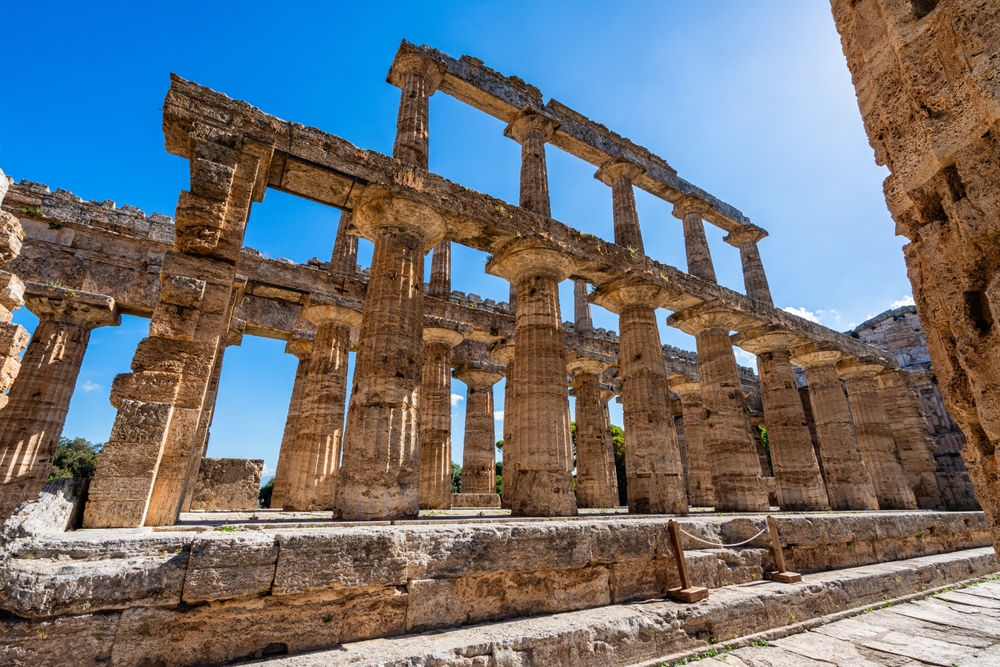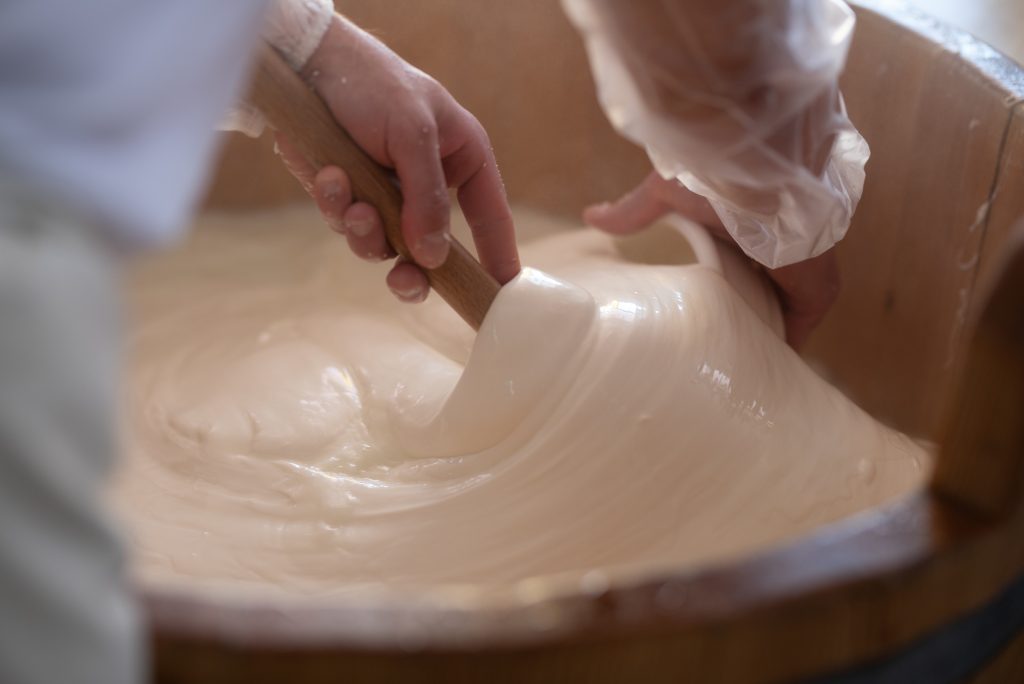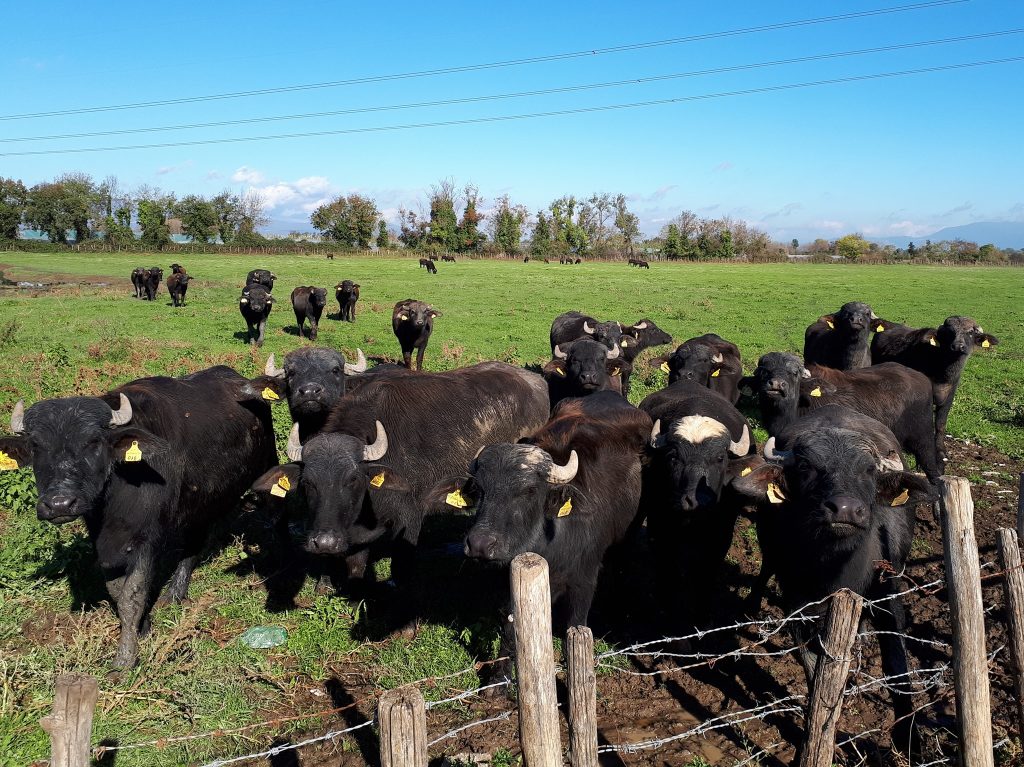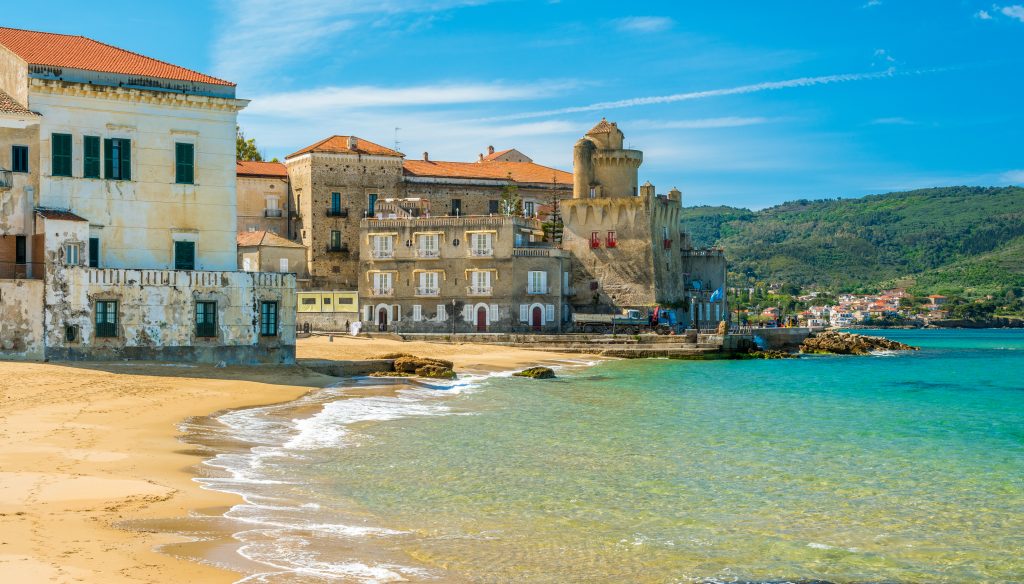As Italy’s summer season winds down, many travelers return home, and Italians head back to work and school. Yet this is when Cilento Coast travel reveals its magic. Nestled just south of the Amalfi Coast, Cilento is less crowded, more authentic, and the perfect late-season retreat.
Unlike Amalfi’s glamorous towns, Cilento remains grounded in tradition. From archaeological wonders to hidden beaches, this part of Campania offers a slower pace that feels like a secret kept by locals.
Why Visit Cilento After Summer
September and October transform Cilento. The weather cools, the Mediterranean is still warm enough to swim, and the crowds are gone. Instead of busy beach clubs, you’ll find families returning to small villages and fishermen preparing their nets for autumn.
Traveling off-season also supports small businesses. Agriturismi, trattorie, and artisan shops benefit from visitors who choose authenticity over tourist traffic. For those who value slow travel, Cilento offers both affordability and intimacy once the high season ends.
History and Culture Beyond the Sea

Cilento is not just a coastline — it is a cultural landscape. At Paestum Archaeological Park, three well-preserved Greek temples rise from the plain, a UNESCO World Heritage Site that rivals Athens. The nearby Cilento and Vallo di Diano National Park stretches inland with medieval villages, monasteries, and lush landscapes.
The region’s UNESCO recognition highlights how nature and culture intertwine here. Whether you walk through pine forests or wander archaeological ruins, Cilento offers a depth that reaches far beyond its beaches.
Food Traditions and Harvest Flavors
Cilento is a land of abundance. In late summer and early autumn, fields and orchards overflow with figs, grapes, and chestnuts. Local sagre — traditional food festivals — celebrate these harvests with music, markets, and long communal tables.



No visit is complete without tasting Mozzarella di Bufala Campana DOP. Produced in nearby dairies, this creamy cheese pairs perfectly with tomatoes and olive oil. Inland villages preserve age-old recipes: handmade pasta fileja, lamb with herbs, and fig desserts. Travelers in September can join locals in celebrating the grape harvest, known as vendemmia, and see how food traditions remain central to daily life.
Villages Off the Beaten Path
Beyond the coastline, Cilento’s small towns hold timeless charm. Castellabate, perched on a hilltop, looks down over the sea and offers winding alleys filled with stone houses. Acciaroli, a fishing village once favored by Ernest Hemingway, is known for its simple trattorie and vibrant marina.
Further south, Pisciotta welcomes visitors with olive groves and medieval streets untouched by mass tourism. For those who prefer mountain air, Morigerati and its WWF nature reserve offer waterfalls and hiking trails. Each village tells its own story, and together they define Cilento as one of Italy’s most authentic regions.
Practical Travel Tips
Reaching Cilento is easier than many imagine. From Naples, trains run to Paestum and Agropoli, two gateways to the region. To explore villages and hidden coves, renting a car is highly recommended. Roads wind along the coast and into the mountains, revealing panoramic views at every turn.
The best time to visit stretches from late August through October. Days are warm, evenings are cool, and festivals are in full swing. Visitors who come during this season discover an Italy where locals outnumber tourists and traditions take center stage.
An Invitation to Discover Cilento

When summer ends, Italy does not fade. Instead, regions like Cilento shine brighter. Ancient temples, harvest celebrations, and unspoiled villages wait for those willing to step away from the well-worn Amalfi trail.For travelers seeking authenticity, Cilento Coast travel is more than a holiday. It is a chance to taste, walk, and live Italy as it truly is — slowly, warmly, and in rhythm with the seasons.

